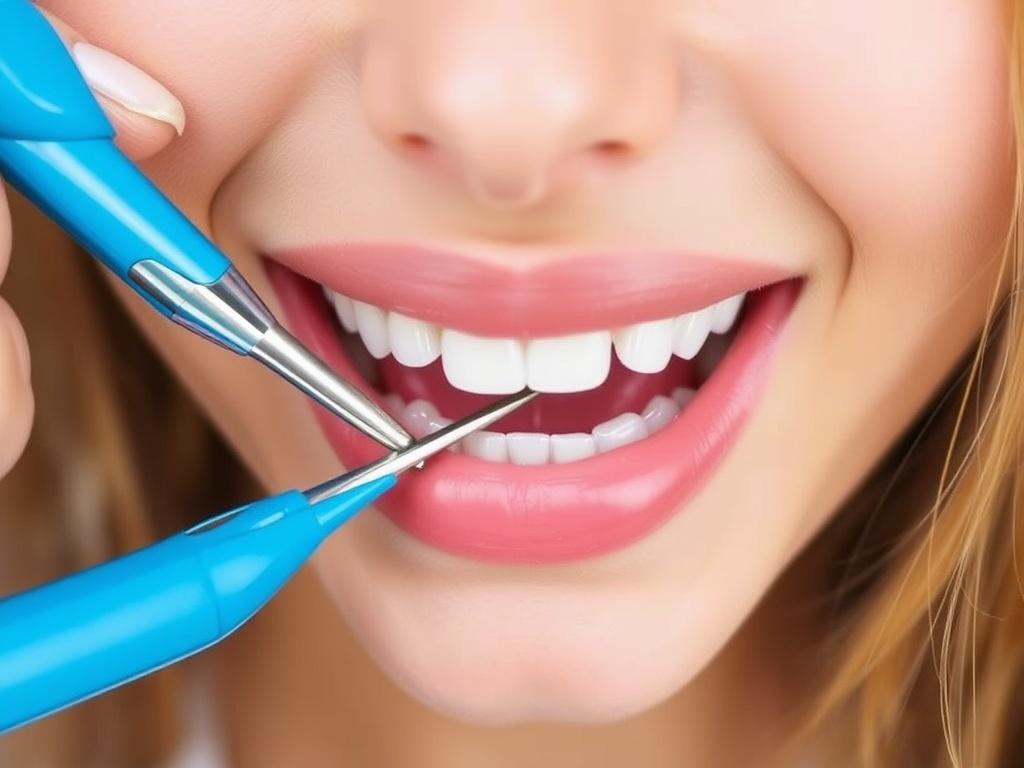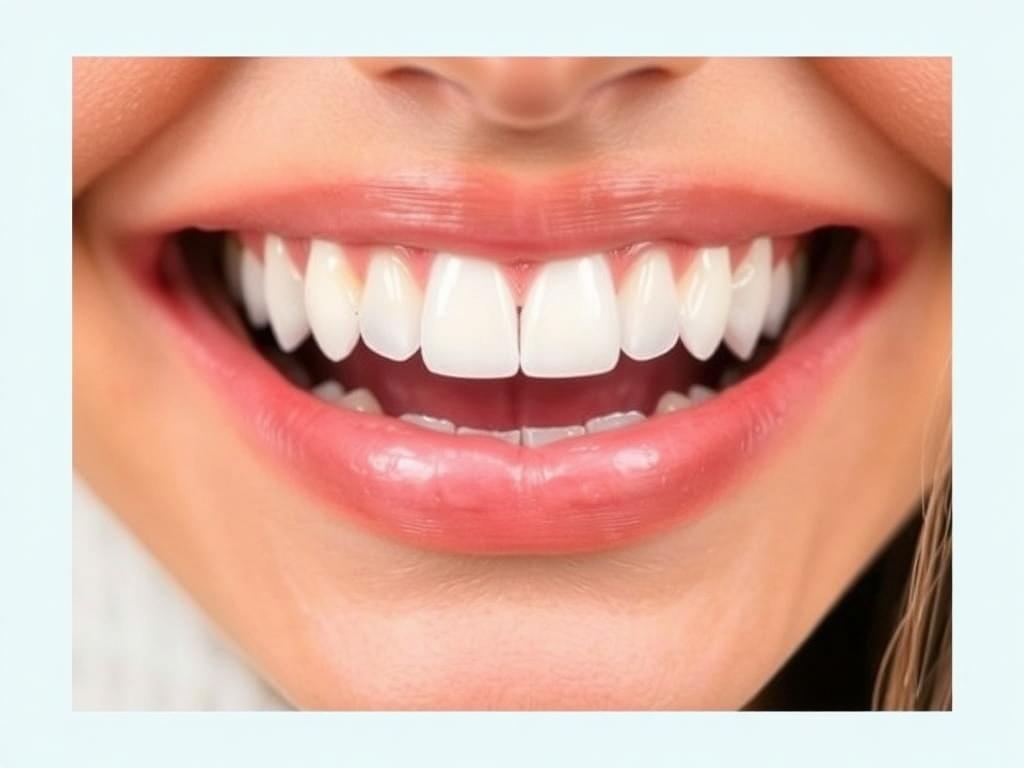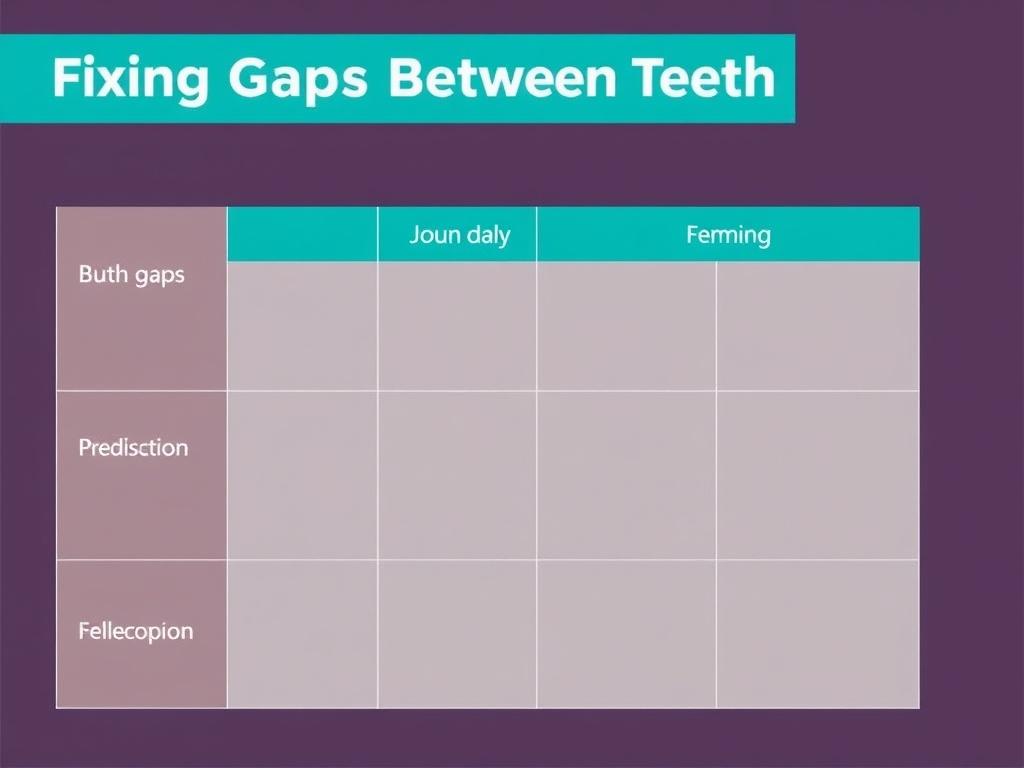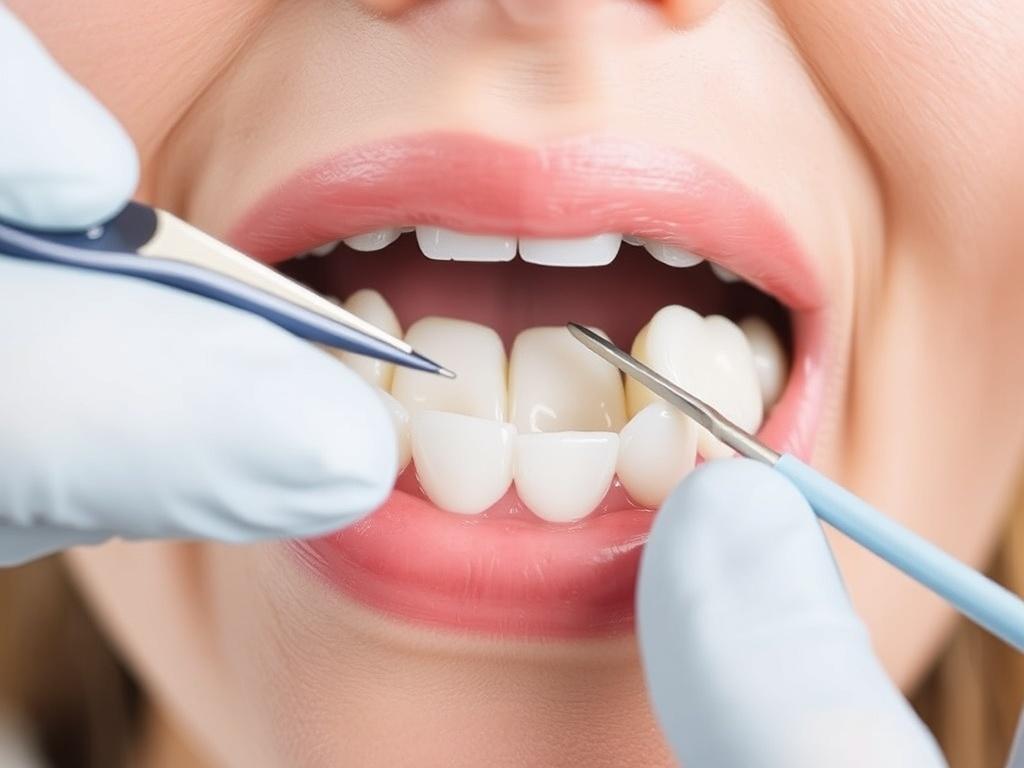Having gaps between your teeth, which is also known as diastema, can be a source of self-consciousness or, for some, a unique feature to embrace. Whether the gap is small or more noticeable, many people wonder how they can fix gaps between teeth to achieve a more uniform and confident smile. In this comprehensive guide, we’ll explore what causes gaps between teeth, the different methods for fixing them, what to expect during treatment, and how to maintain your smile afterward. By the end, you’ll have a clear understanding of your options and can make an informed decision about improving your dental aesthetics.
Содержание
- 1 What Causes Gaps Between Teeth?
- 2 Common Methods for Fixing Gaps Between Teeth
- 3 Comparing Treatments: Which One is Right for You?
- 4 What to Expect During Treatment
- 5 Maintaining Your Smile After Closing Gaps
- 6 Frequently Asked Questions About Fixing Gaps Between Teeth
- 7 Additional Tips for a Beautiful Smile
- 8 Summary Table: Fixing Gaps Between Teeth at a Glance
- 9 Conclusion
What Causes Gaps Between Teeth?
Understanding why gaps occur between teeth is the first step in figuring out how to fix gaps between teeth most effectively. Gaps, or spaces, can develop for various reasons — some natural and others due to dental issues or habits. Often, it’s a combination of factors that contribute to the spacing you see.
- Genetics: Family traits play a significant role in tooth and jaw size. A mismatch between the size of your jaw and your teeth can cause gaps.
- Missing Teeth: If a tooth never develops or is lost early, neighboring teeth may shift, causing gaps.
- Oversized Labial Frenum: The tissue connecting your upper lip to your gums can sometimes be too large, pushing teeth apart.
- Thumb Sucking or Tongue Thrusting: These habits, especially in childhood, can push teeth forward, creating gaps.
- Periodontal (Gum) Disease: Gum issues can cause bone loss supporting teeth, leading to teeth shifting and gaps forming.
Regardless of the cause, many people desire effective ways to fix gaps between teeth to enhance smile aesthetics and sometimes even improve dental health.
Common Methods for Fixing Gaps Between Teeth

There are several ways to fix gaps between teeth, ranging from quick cosmetic solutions to longer-term orthodontic treatments. The choice depends on the size and location of the gap, your budget, your lifestyle, and overall dental health. Let’s explore the most popular options.
1. Orthodontic Treatment (Braces and Aligners)
Orthodontics is a classic and reliable method for closing gaps between teeth. Both traditional braces and clear aligners work by gradually moving teeth into proper positions. Braces use brackets and wires, while aligners are removable, clear trays that fit snugly over your teeth.
- Pros: Treats gaps permanently by addressing underlying alignment issues; improves bite and overall oral function.
- Cons: Time-consuming (often 12-24 months), may require frequent orthodontist visits, some discomfort during adjustments.
Many people prefer clear aligners today due to their discreet appearance and convenience. Aligners can be removed for eating and cleaning, making them popular among adults who want a subtle way to fix gaps.
2. Dental Bonding
Dental bonding involves applying a tooth-colored resin to the surfaces of your teeth to fill gaps. The resin is shaped and polished to match the natural tooth, creating an instant fix.
- Pros: Quick procedure (usually completed in one visit), less expensive than other cosmetic options, minimal tooth preparation required.
- Cons: Bonding material can stain over time and may chip, so it usually lasts about 3-7 years before needing touch-ups or replacement.
Bonding is a fantastic choice for small to moderate gaps and is often preferred by those wanting an immediate improvement without lengthy treatments.
3. Veneers
Veneers are thin, custom-made shells of porcelain or composite resin that cover the front teeth. They can be designed to close gaps while enhancing the color and shape of teeth.
- Pros: Provides a natural, polished look that is stain-resistant; longer-lasting than bonding; can address multiple cosmetic issues simultaneously.
- Cons: Requires removal of a small amount of enamel; usually more expensive; may need replacing after 10-15 years.
For those seeking a durable and aesthetically perfect solution, veneers are a popular choice that transforms smiles dramatically.
4. Dental Implants or Bridges
If the gaps between teeth exist because of missing teeth, restoring those spaces with implants or bridges is a viable fix. These options replace missing teeth rather than filling gaps created by spacing.
- Pros: Restores chewing function, prevents neighboring teeth from shifting, stable and long-lasting.
- Cons: More invasive, costly, and requires sufficient bone density for implants.
Implants and bridges don’t just close gaps — they restore the integrity of your whole smile, helping you eat, speak, and smile confidently.
Comparing Treatments: Which One is Right for You?
Making the right choice depends on your specific dental situation, budget, and personal goals. Take a look at the table below to compare the pros and cons side-by-side:
| Treatment | Duration | Cost Range | Invasiveness | Durability | Best For |
|---|---|---|---|---|---|
| Orthodontic Treatment (Braces & Aligners) | 12-24 months | $$$ | Moderate | Permanent | Large or multiple gaps, bite correction |
| Dental Bonding | 1-2 hours | $ | Minimal | 3-7 years | Small gaps, quick fixes |
| Veneers | 2-3 weeks (including lab work) | $$$ | Moderate (enamel removal) | 10-15 years | Cosmetic enhancement & gaps |
| Implants/Bridges | Several months | $$$$ | High (surgery involved) | 10+ years (implant) | Missing teeth gaps |
What to Expect During Treatment
Each procedure comes with its own unique process and timeline. Here’s a closer look at what you can generally expect when fixing gaps between teeth:
- Initial Consultation: A dentist or orthodontist will evaluate your teeth, take X-rays or impressions, and discuss your goals and options. This step is crucial to selecting the appropriate treatment.
- Treatment Planning: Customized plans, including cost estimates and timelines, will be explained. If orthodontics is chosen, you may get braces or aligners fitted. For bonding or veneers, impressions of your teeth might be made.
- Procedure: – For bonding, your dentist applies and shapes composite resin in a single visit.
– Veneers require enamel removal, impressions, and bonding of custom-made veneers over a couple of weeks.
– Orthodontic treatment involves periodic adjustments coupled with good oral hygiene.
– Implants and bridges need surgery followed by healing time. - Follow-Up Care: Regular checkups are necessary to monitor progress and maintain the result. Retainers may be recommended after orthodontic treatment to keep teeth in place.
Maintaining Your Smile After Closing Gaps

Closing gaps between teeth is just part of your journey to a healthy smile. Proper aftercare ensures your investment lasts a long time:
Maintain Good Oral Hygiene
Brushing twice a day, flossing daily, and visiting your dentist regularly helps keep your teeth and gums healthy. This is especially important if you’ve had bonding or veneers, as composite materials can stain if neglected.
Wear Retainers (if applicable)
After orthodontic treatment, retainers keep your newly aligned teeth from drifting back to their former positions. Consistency is key — not wearing retainers as directed can cause gaps to reappear.
Avoid Harmful Habits
Habits like nail-biting, using teeth as tools, or chewing on hard objects can damage dental work and cause shifting or cracks.
Healthy Diet
Limiting sugary snacks and drinks benefits your teeth and gums. Drinking water regularly helps wash away food particles and bacteria.
Frequently Asked Questions About Fixing Gaps Between Teeth
Can gaps between teeth fix on their own?
In some children, gaps close naturally as permanent teeth erupt. However, in adults, gaps usually remain unless treated.
Is it painful to fix gaps between teeth?
Most procedures are painless or involve minimal discomfort. Orthodontic adjustments may cause mild soreness, but this typically fades quickly.
How long does dental bonding last?
Bonding material lasts around 3-7 years but can last longer with proper care and regular dental checkups.
Are there any risks to closing gaps between teeth?
Generally, these treatments are safe. However, it’s essential to have thorough consultations to ensure your teeth and gums are healthy enough and to choose the correct treatment.
Will fixing gaps between teeth improve oral health?
In many cases, yes. Closing gaps can prevent food traps that lead to decay and make oral hygiene easier.
Additional Tips for a Beautiful Smile
Aside from closing gaps, enhancing your smile’s color and shape goes hand-in-hand with your new alignment. Whitening treatments and cosmetic contouring can complement your results beautifully. Always discuss these options with your dentist to tailor a smile makeover plan.
- Consider regular professional cleanings to maintain brightness.
- Use whitening toothpaste or treatments if discoloration is a concern.
- Discuss cosmetic reshaping if your teeth have uneven edges.
Summary Table: Fixing Gaps Between Teeth at a Glance

| Method | Typical Cost | Time Frame | Longevity | Recommended For |
|---|---|---|---|---|
| Braces/Aligners | $$$ – $$$$ | 1-2 years | Permanent | Larger gaps, bite issues |
| Dental Bonding | $ – $$ | 1 appointment | 3-7 years | Small gaps, quick fixes |
| Veneers | $$$ | 2-3 weeks | 10-15 years | Cosmetic holes, shape/color |
| Implants/Bridges | $$$$ | Several months | 10+ years | Missing tooth gaps |
Conclusion
Fixing gaps between teeth is achievable through various effective treatments, whether you prefer a quick cosmetic fix or a long-term orthodontic solution. Understanding the causes behind your spacing, the methods available, and the maintenance needed can help you choose the best option for your smile and lifestyle. Remember, a confident smile can boost not just your appearance but your self-esteem and oral health, too. Consult with your dentist or orthodontist to explore your personalized plan and take the first step toward closing those gaps with confidence and ease.







